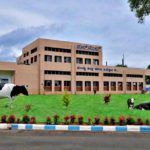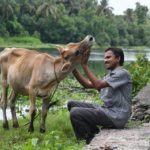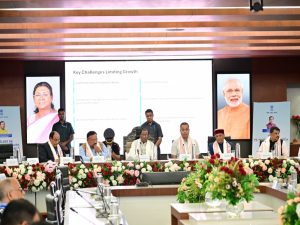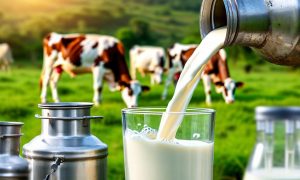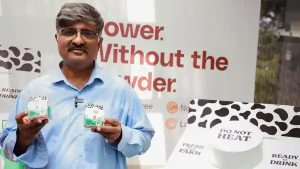
Gujarat continued to retain its 5th position in the country in terms of milk production for the last 17 years. Milk production in the State grew at a compounded annual growth rate (CAGR) of 5.6 per cent against the national average of 5.2 per cent for the past 12 years, reaching 145 lakh tonnes in 2018-19. However, the growth in adult female animals in the State has declined to 0.7 per cent on CAGR basis from 2012 to 2019 against 3.6 per cent in the previous five-year period as per the last three quinquennial livestock census. A similar reduction is seen in the growth rate of young animals also.
This reversal in long-term trend at the State level means that the positive signal that was there earlier, encouraging capex in terms of number of dairy animals reared, has disappeared or been overshadowed by some negative factor, post 2012.
Growth pattern
Breaking down the growth, it is found that the growth in crossbred cows has stagnated around 9 per cent, whereas the growth rate of she-buffaloes and indigenous cows has become near zero and -2.6 per cent, respectively, on CAGR basis in the last seven years. These long-term trends may indicate that the growth story in all the three is all but over and beyond the point of no return for the latter two. The growth rate in crossbred cows may also have ended and could decline from here because the incremental growth in productivity will be more difficult and much slower due to loss in hybrid vigour.
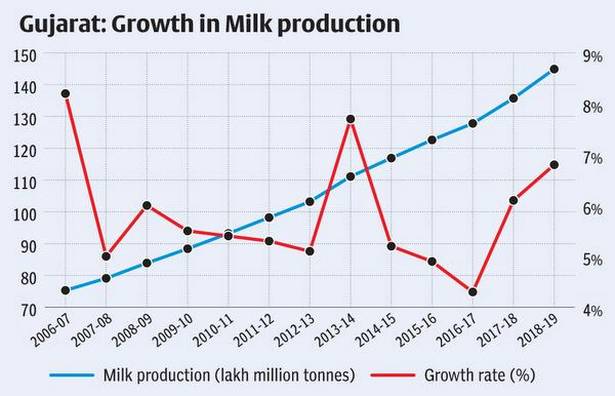
It is of import to note that the percentage of in-milk adult female animals against the total adult population has consistently remained above 60 per cent of total adult female animals, for all three categories. This shows that farmers are ensuring that the number of dry animals (that is, not in milk) is kept to the bare minimum. Hence, there is little scope for further improvement to enhance milk production in the State by way of higher capacity utilisation of existing adult female population. This is in contrast to the situation at the national level where the proportion of milk producing population to total adult females has risen to above 65 per cent in 2019 from around 50 per cent in the three previous census periods.
The number of female calves has steadily increased for all the three types of animals, growing from around 50 per cent to nearly 75 per cent of total adult females. So, the State now has a larger replacement stock. However, this increase is actually a positive externality from the strict implementation of the policy against cow slaughter and subsequent cow vigilantism, for each young calf is a cost-centre for its first 2-3 years of age, till it starts yielding milk.
Enhancing productivity
In this regard, identification and selection of young born to mothers with above average milk yield and using them as replacement stock while simultaneously culling others can and will play a big role in maintaining and enhancing the high growth rate in milk production in the State in future.
Those identified as replacement stock can then be better targeted, given proper feeding and management to decrease their age at first calving, minimise dry period and improve total life-time milk yield in a more efficient manner. But, given the general policy against killing of cows, this strategy of improving the gene pool for production by culling seems improbable at the moment. However, even if they are not culled they have to be identified and not be used as future mothers for the next generation calves.
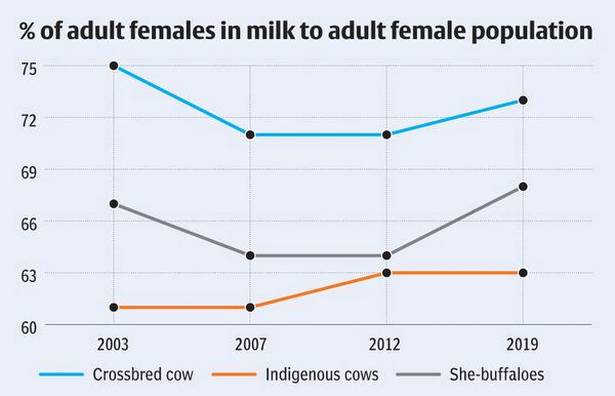
The productivity of crossbred cows, buffaloes and Indian cows in the State is at 9.3, 5.4 and 4.7 litre per day (lpd), respectively against the national average of 11.7, 7.6 and 6.3 lpd, respectively, in 2018-19. Hence, the strategy used for enhancing milk production from these levels in each of them may need to be different. Caution needs to be exercised in pursuing the large-scale use of earlier methods. Monitoring of milk yield at a more granular level of total lactation yield regularly is the need of the hour wherein breeders’ associations can play a key role.
For this strategy to be implemented, the unique identification of each mother and calf using RFIDs and IPv6 protocol, and collection of data on milk yield of the three categories of animals in all districts of the State every month for the entire lactation period of nine months using blockchain technology on a continual basis is of paramount importance.
The measurement and calculation of standard lactation curve and its standard deviation are in the realm of public goods. Hence, the different State level public institutions such as the Livestock Development Board, Animal Husbandry Department and the district dairy cooperatives have a big role in monitoring, documenting, storing and sharing this data on a live basis.
Will they fulfil this new role is something that will be keenly watched, for it will pave the way for higher growth in milk production in the State, arising from higher profitability per litre of milk and in the life time of the animal. The State has the opportunity and also the onus to be pioneers and show the way to the dairy sector in India and pave the way for the economic progress of millions of dairy farmers in the country.
Rajeshwaran is Professor and Dhiman is Assistant Professor at DMI, Patna.

